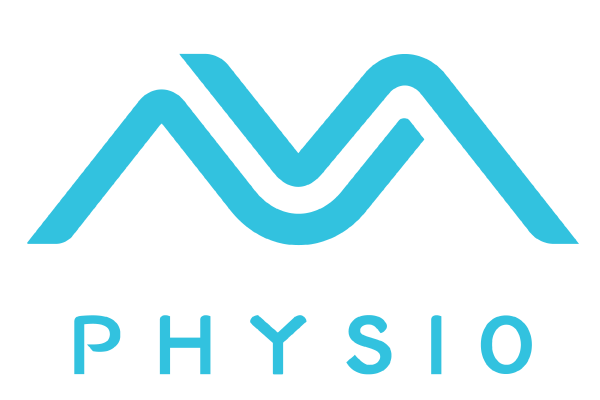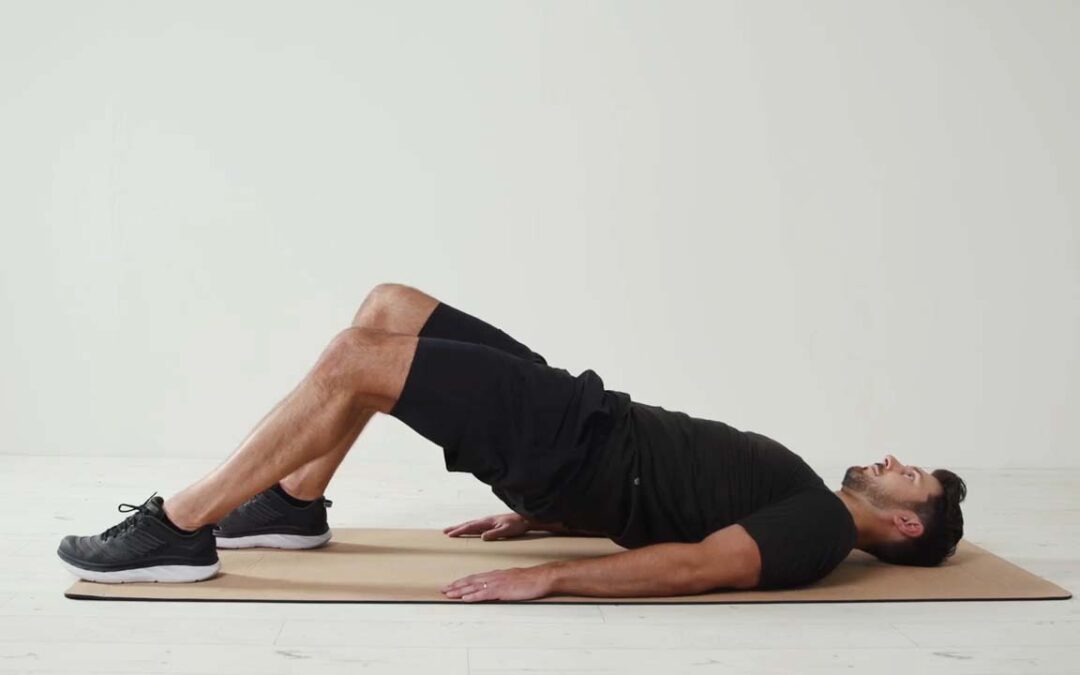What is the Offset Bridge Hip Exercise?
The offset bridge hip exercise is a variation of the traditional bridge exercise that specifically targets the hip extensor muscles. It involves lifting the hips off the floor while lying down with knees bent and feet flat on the floor. The key difference is that in the offset bridge hip exercise, more weight is placed on the foot closest to the centerline of the body. This offset position increases the challenge to the hip extensor muscles, leading to greater activation and strengthening.
One of the primary benefits of the offset bridge hip exercise is its ability to promote core stability and trunk control. By engaging the core muscles during the exercise, individuals can improve their overall balance and posture. Additionally, the exercise helps to alleviate back pain and improve spinal alignment by strengthening the muscles that support the spine.
Compared to the traditional bridge exercise, the offset bridge hip exercise offers a more targeted approach to hip strengthening. It isolates the hip extensor muscles, such as the gluteus maximus, hamstrings, and adductor magnus, leading to improved hip mobility and flexibility. This exercise is particularly beneficial for individuals recovering from hip-related injuries or conditions.
Step-by-Step Guide to Performing the Offset Bridge Hip Exercise
- Begin on a supportive surface, lying on your back with knees bent and feet flat on the floor.
- Align hips, knees, and toes while keeping feet flat on the ground.
- Lengthen your spine by lifting the crown of your head and drawing shoulder blades down to relax the shoulders.
- Slightly offset your feet, with one foot a bit further out.
- Press down through the heel of the closer foot, engaging bottom muscles to lift the hips.
- Pause at the top of each movement before slowly lowering back down.
- Keep feet facing forward and prevent knees from coming too close together.
- Ensure the pelvis remains stable without dropping or rotating throughout the exercise.
- Fully extend the hips upward without arching the lower back.
- Avoid holding your breath; breathe continuously during the exercise.
- Perform the movement within your comfort and pain limits, following advice from your physiotherapist.
Benefits of the Offset Bridge Hip Exercise in Physiotherapy
1. Enhancing Core Stability and Trunk Control
One of the core objectives of physiotherapy is to improve core stability and trunk control. The offset bridge hip exercise engages the core muscles, including the transverse abdominis, obliques, and erector spinae, to maintain proper form and posture. By strengthening these muscles, the exercise improves overall balance, stability, and control, reducing the risk of falls and injuries.
2. Alleviating Back Pain and Improving Spinal Alignment
Back pain is a prevalent issue that physiotherapy aims to address. The offset bridge hip exercise can help alleviate back pain by strengthening the muscles that support the spine, including the erector spinae and multifidus. By improving spinal alignment and stability, this exercise contributes to better posture and reduces the strain on the lower back.
3. Improving Hip Mobility and Flexibility
Hip mobility and flexibility are essential for maintaining proper joint function and preventing injuries. The offset bridge hip exercise promotes hip mobility by actively engaging the hip extensor muscles and challenging their range of motion. Regular practice of this exercise can lead to improved hip flexibility, making everyday movements easier and more efficient.
4. Rehabilitation Potential for Hip-Related Conditions
The offset bridge hip exercise has significant rehabilitation potential for individuals with hip-related conditions, such as hip osteoarthritis, hip impingement, or hip instability. By targeting the hip extensor muscles, this exercise helps to improve muscle strength, joint stability, and overall hip function. However, it is crucial to consult a qualified physiotherapist before incorporating this exercise into your rehabilitation routine to ensure it is appropriate for your specific condition.
By understanding the benefits of the offset bridge hip exercise, both physiotherapists and individuals seeking to improve their hip health can fully appreciate its importance in the field of physiotherapy.
What is the Role of Merlin Physio App for Offset Bridge Exercise?
The Merlin Physio App emerges as a game-changer in the world of physiotherapy, seamlessly integrating technology with rehabilitation exercises. Among its myriad features, the app plays a pivotal role in guiding users through the Offset Bridge exercise, ensuring precision and effectiveness. This comprehensive guide explores the multifaceted aspects of the Merlin Physio App and its indispensable role in mastering the Offset Bridge.
- User-Friendly Interface:
The Merlin Physio App boasts a user-friendly interface that caters to individuals of all fitness levels. Navigating through the app is intuitive, providing step-by-step instructions for the Offset Bridge exercise. Users can easily access the exercise routine, making it an ideal companion for both beginners and seasoned fitness enthusiasts. - Instructional Clarity:
One of the standout features of the Merlin Physio App lies in its ability to provide crystal-clear instructions for the Offset Bridge. The app breaks down the exercise into digestible steps, guiding users on proper body positioning, alignment, and movement. Visual aids and animations further enhance understanding, ensuring that users perform the exercise with precision. - Real-Time Feedback:
The Merlin Physio App goes beyond static instructions, offering real-time feedback on users’ form and execution during the Offset Bridge. Utilizing the device’s camera, the app analyzes the user’s posture, providing instant feedback to correct any deviations. This real-time interaction fosters a dynamic learning experience and accelerates progress. - Personalized Workouts:
Understanding that each individual has unique needs, the Merlin Physio App tailors Offset Bridge workouts to suit specific requirements. It considers factors such as the user’s fitness level, range of motion, and any existing physical limitations. This personalized approach ensures that users experience gradual improvement without compromising safety. - Progress Tracking:
Merlin Physio App excels in empowering users to track their rehabilitation journey. The app records and analyzes data, allowing users to monitor their progress in Offset Bridge exercises over time. Visual representations of improvements motivate users to stay committed to their rehabilitation regimen, fostering a sense of accomplishment. - Integration with Physiotherapist Guidance:
For a holistic approach to rehabilitation, the Merlin Physio App facilitates seamless communication between users and their physiotherapists. Users can share their exercise data and receive tailored recommendations, ensuring that the Offset Bridge routine aligns with their specific rehabilitation goals.
Conclusion
In the realm of physiotherapy, the Merlin Physio App emerges as a dynamic tool for mastering the Offset Bridge exercise. With its user-friendly interface, instructional clarity, real-time feedback, personalized workouts, and progress tracking, the app transcends conventional boundaries. By integrating technology with rehabilitation, Merlin Physio App paves the way for a more accessible, interactive, and effective approach to physiotherapy.

